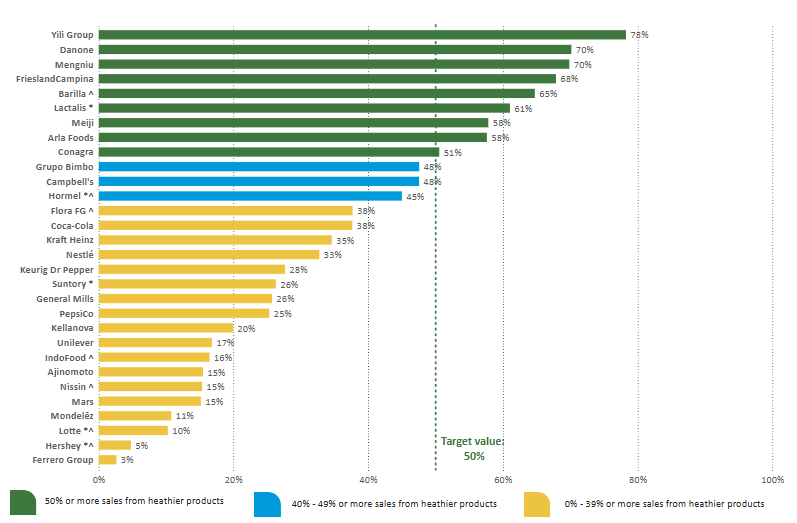Avoiding toxic metals in baby foods
A reader, William Haaf, alerted me to this one: California companies required to disclose heavy metal content in baby food
As of January 2025, baby food manufacturers selling in California must disclose test results for four heavy metals – arsenic, lead, cadmium, and mercury – via an on-pack QR code.
The law, Assembly Bill 899 (AB 899), was signed by Governor Gavin Newsom in October 2023 and requires monthly testing of baby food for the specified contaminants.
Manufacturers must now provide a QR code on product packaging that links to publicly available test results, including batch numbers and links to the US Food and Drug Administration’s (FDA) information on toxic heavy metals.
What this is about
- The decision follows a 2021 US Congressional report that found significantly high levels of heavy metals in major baby food brands, including arsenic levels up to 91 times the legal limit for drinking water and lead levels up to 177 times higher.
- Maryland will require baby food testing disclosures from January 2026
- Virginia introduced House Bill 1844 to mandate heavy metal transparency starting in January 2026
- The FDA just finalized voluntary action levels for lead in children’s food
- This is part of the FDA’s Closer to Zero: Reducing Childhood Exposure to Contaminants from Foods
- What the American Academy of Pediatrics says about toxic metals
How to avoid toxic metals in baby foods: Suggestions
- Offer a variety of healthy vegetables and fruits
- Make your own baby food
- Limit highly processed foods
- Limit rice cereal
- Offer other cereals and whole grains
- If you must give fruit juice, make your own
- Limit processed snacks
- Don’t use teething biscuits.
- Test your tap water





